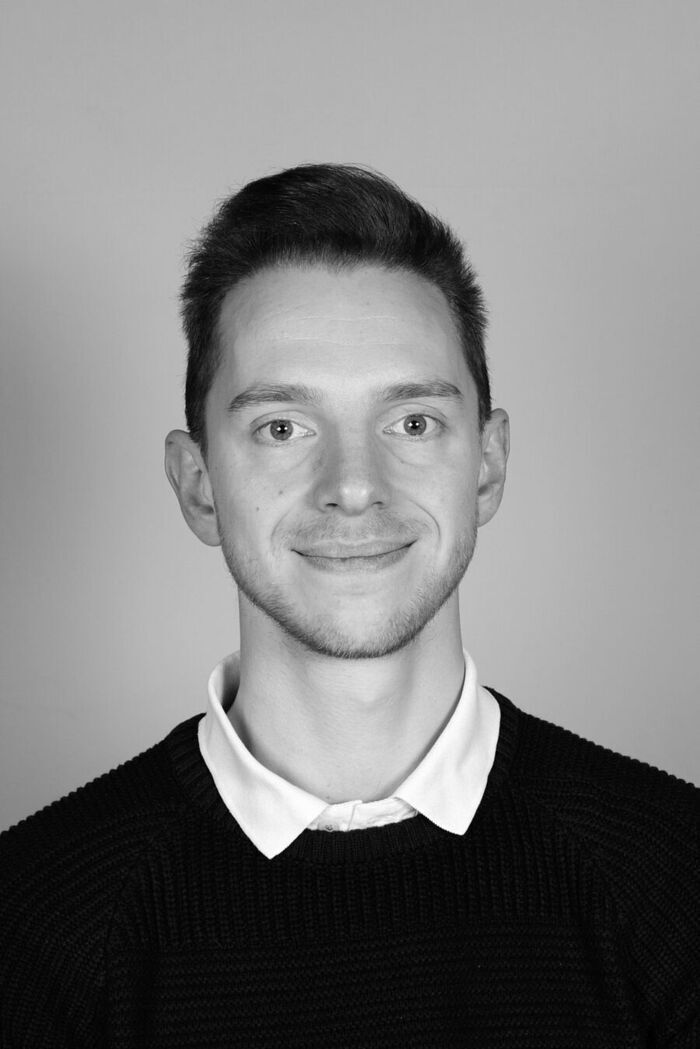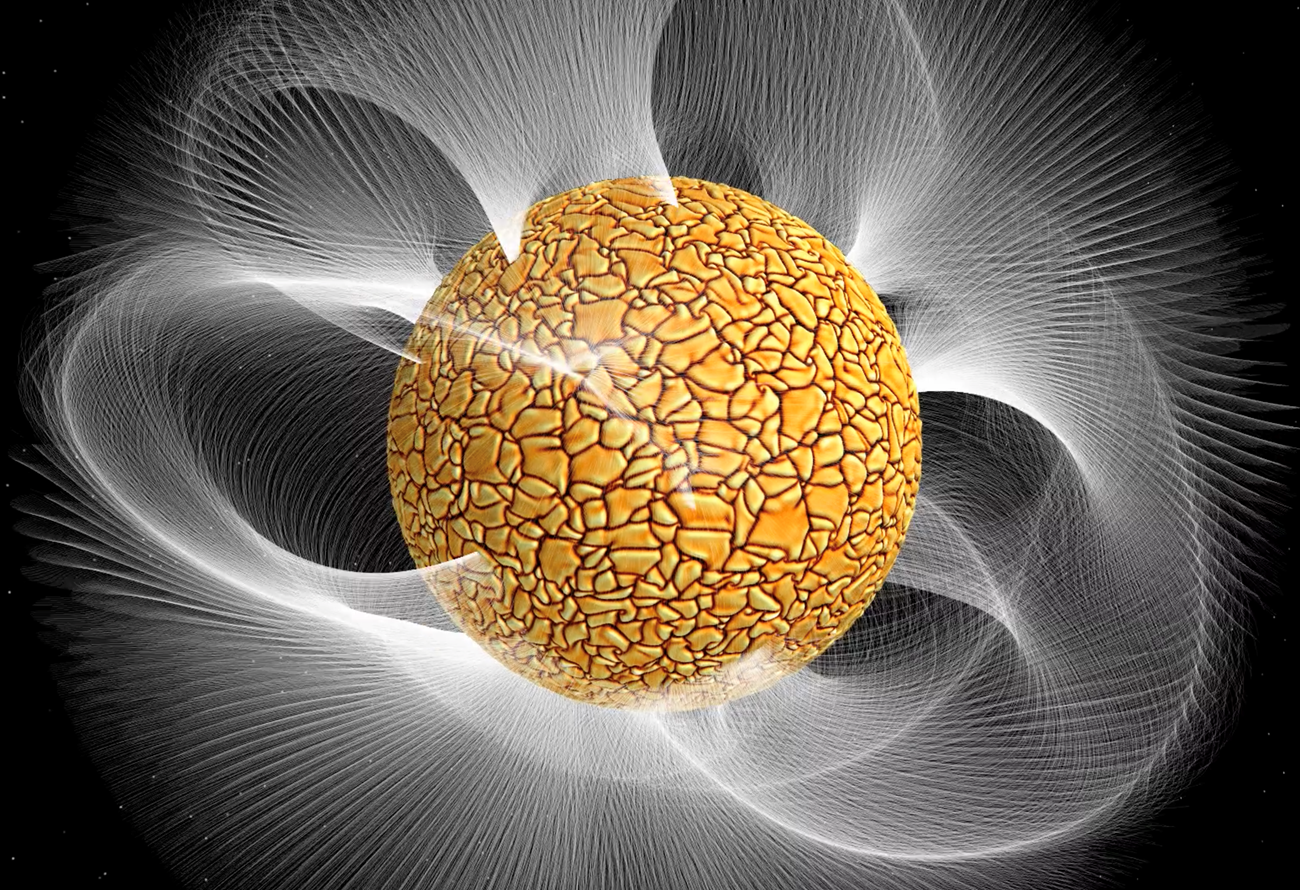
The magnetic field of solar-type stars is generated and sustained through an internal dynamo process. It can sometimes lead to magnetic cyclic variabilities, like the 11-years solar cycle. Evidence of magnetic cycles have been detected for other solar-type stars as well, ranging from a few years to a few tens of years. How are these cycles controlled?
Observations and stellar evolution models show that solar-like stars spin-down during their main-sequence. In parallel, numerical simulations of these stars show that different regimes of differential rotation can be reach during this rotational evolution, and more generally are characterized with the Rossby number. In particular, anti-solar differential rotation (fast poles, slow equator) may exist for high Rossby numbers (slow rotators), which grows when the rotation spins-down. If this regime appears during the main sequence, we may wonder how the dynamo process will be impacted, especially if our Sun is in such a transition. In particular, can slowly rotating stars have magnetic cycles?
I will present a numerical multi-D parametric study, aiming to understand the magnetic field generation of solar-type stars under various differential rotation regimes. We focused on the energy transfers powering these stellar dynamos, and on the existence of magnetic cycles for different stages of the main sequence. We find that short cycles are favoured for small Rossby numbers (fast rotators), and long cycles for intermediate (solar-like) Rossby numbers. We further assess that energy transfers can reach up to 3% of the stellar luminosity to sustains these dynamos, and ultimately powering surface eruptive events. Finally, we find that anti-solar rotating stars (high Rossby numbers) can only sustain magnetic cycles for specific dynamo processes. This led us to develop a theoretical criterion to guide observations toward anti-solar candidates, with the perspective to bring new constraints on our models and solar-type stars evolution.

This Friday colloquium will be hybrid. Attendees can therefore participate either in-person or via Zoom. Please join via Zoom at
https://uio.zoom.us/j/69001043754?pwd=cEJpbVE5ci9PdWNtRld2TDNNcGtKdz09
Meeting ID:690 0104 3754
Passcode: PeiseStua3
Attendees will be muted during the colloquium, but will have the opportunity to ask questions at the end by clicking on the "raise hand” button (or send a request via chat).